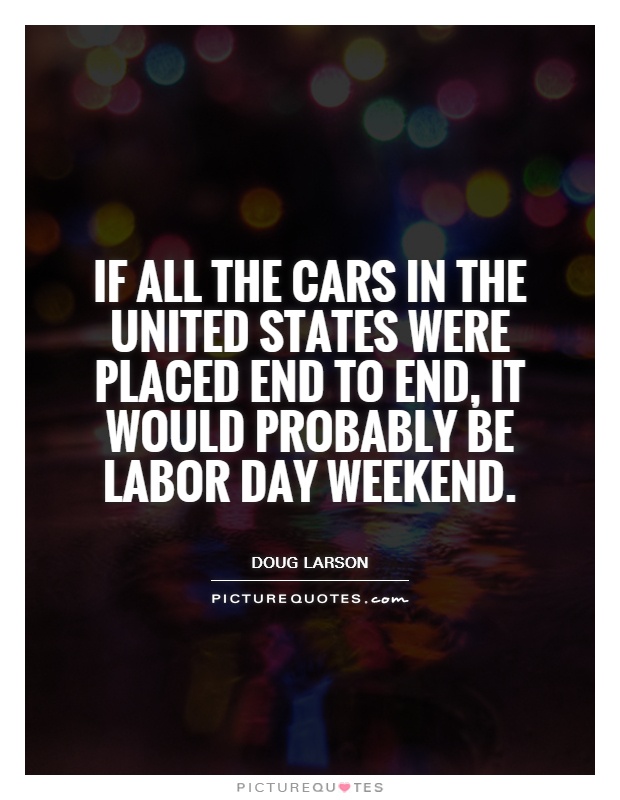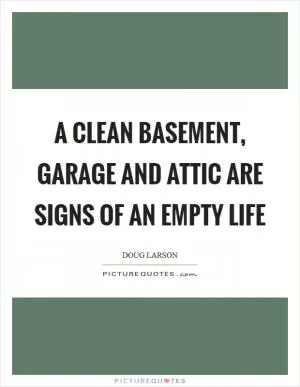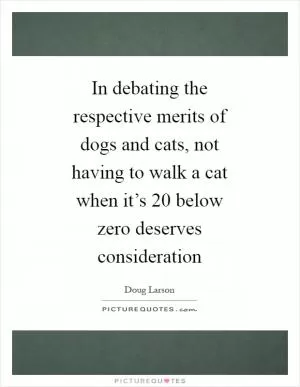If all the cars in the United States were placed end to end, it would probably be Labor Day Weekend

If all the cars in the United States were placed end to end, it would probably be Labor Day Weekend
Doug Larson, a well-known columnist and editor, is credited with the famous quote, "If all the cars in the United States were placed end to end, it would probably be Labor Day Weekend." This humorous and thought-provoking statement highlights the sheer number of cars on American roads and the impact they have on our daily lives.Labor Day Weekend is traditionally seen as the last hurrah of summer, a time when families and friends come together to enjoy one final weekend of relaxation before the fall season begins. It is a time when many people hit the road for one last summer road trip, leading to increased traffic congestion on highways and interstates across the country. The image of all the cars in the United States lined up end to end is a striking visual representation of just how many vehicles are on the road during this busy holiday weekend.
Larson's quote also speaks to the reliance that many Americans have on their cars for transportation. In a country as vast as the United States, with its sprawling cities and wide-open spaces, cars are often seen as a necessity for getting from point A to point B. This dependence on automobiles has led to issues such as traffic congestion, air pollution, and the depletion of natural resources.
Furthermore, the quote can be interpreted as a commentary on the consumerist culture that is prevalent in the United States. The sheer number of cars on the road is a reflection of the country's obsession with material possessions and the need to constantly upgrade to the latest and greatest model. This consumer-driven mentality has led to a culture of excess and waste, with many Americans owning multiple cars and constantly trading them in for newer models.
Overall, Doug Larson's quote serves as a reminder of the impact that cars have on American society and the environment. It prompts us to consider the consequences of our reliance on automobiles and to think about ways in which we can reduce our carbon footprint and create a more sustainable future.












 Friendship Quotes
Friendship Quotes Love Quotes
Love Quotes Life Quotes
Life Quotes Funny Quotes
Funny Quotes Motivational Quotes
Motivational Quotes Inspirational Quotes
Inspirational Quotes